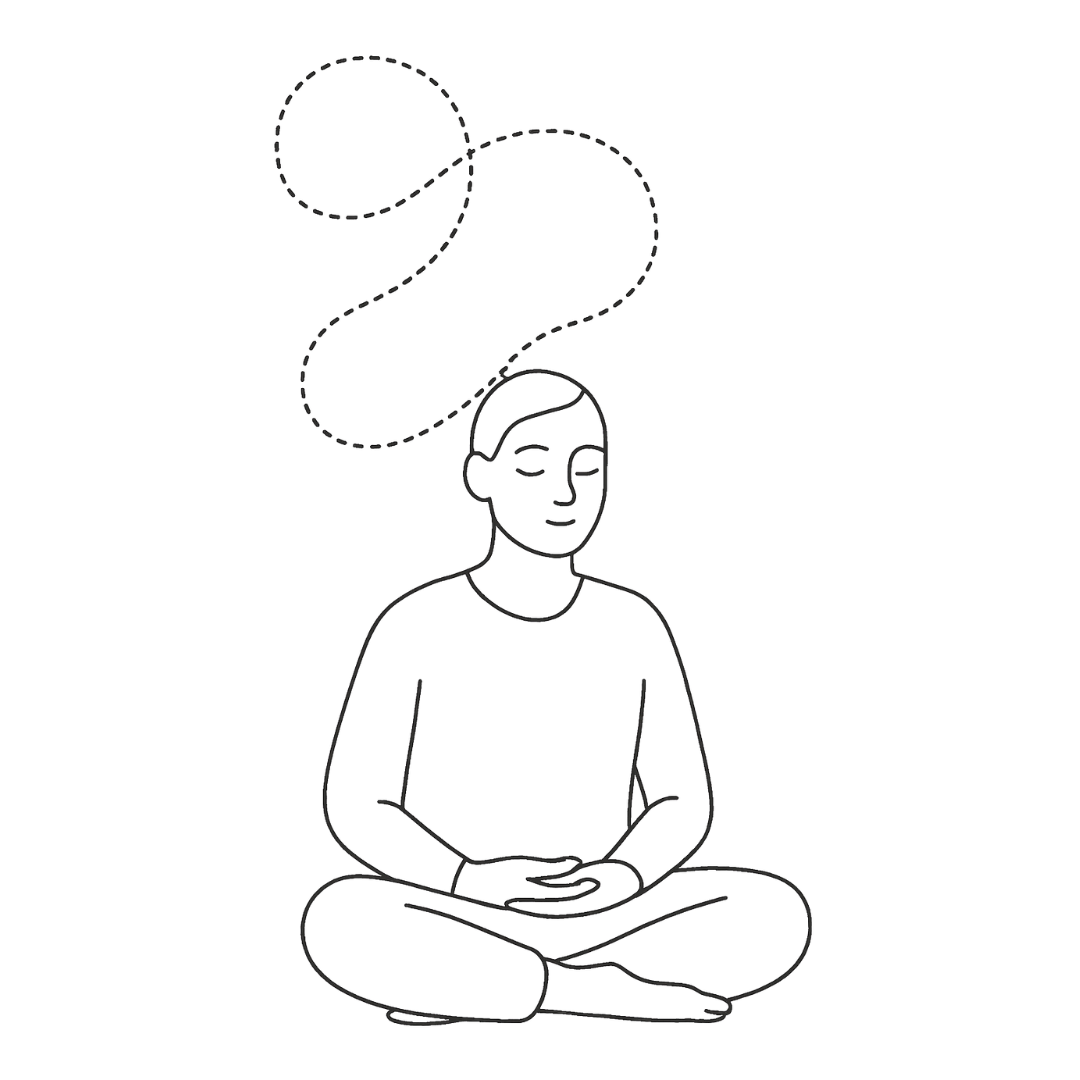Meditation can feel unfamiliar at first. Sitting still. Watching the breath. Noticing thoughts. For many, the biggest question is simple: “Am I doing this right?”
The good news is—there’s no perfect way to start. What matters most is showing up with curiosity and a willingness to be present, even if only for a minute or two.
This guide offers a clear, beginner-friendly foundation to begin building a meditation practice, one breath at a time.
What Is Meditation, Really?
Meditation is the practice of noticing the present moment. It’s about gently returning to awareness when the mind drifts—again and again. There’s no need to clear the mind or feel peaceful all the time. The practice is simply noticing when attention wanders, and returning, without judgment.
At its core, meditation helps build space between thought and action. Over time, this space can reduce stress, bring clarity, and allow the nervous system to settle.
Finding a Comfortable Starting Point
There’s no special posture or setting required. A few helpful tips:
Posture: Sit upright but relaxed. Use a cushion, chair, or lie down—any position that feels sustainable and alert.
Eyes: Closed or gently open with a soft gaze.
Time: Start with 1 to 5 minutes. Let the habit build gradually.
A timer can help signal the end without needing to check the clock.
A Simple Breath Practice
This breath-based meditation is a common entry point:
Settle into a comfortable position.
Bring attention to the natural rhythm of your breath.
Feel the inhale… and the exhale.
When the mind wanders (as it will), gently bring attention back to the breath.
Continue until the timer ends.
That’s it. The goal isn’t to stop thoughts, but to notice them and return to the present.
Common Questions from New Meditators
“What if I get distracted?”
Distraction is part of meditation. The practice isn’t about avoiding thoughts—it’s about becoming aware of them, then gently returning focus. Each return strengthens attention.
“Is it working if I don’t feel calm?”
Calm may come and go. What matters is consistency. Some sessions feel restless, others peaceful. Progress often shows up in daily life: a calmer response, a pause before reacting, or more awareness in ordinary moments.
“How often should I meditate?”
Start small. Even one minute a day is meaningful. The key is frequency. Regular short sessions often work better than long ones done rarely.
Integrating Mindfulness into Daily Life
Meditation doesn’t have to happen only on a cushion. Awareness can be woven into ordinary moments:
While walking: Notice footsteps and the rhythm of movement.
While eating: Pay attention to texture, smell, and taste.
During transitions: Pause between tasks or before answering a message.
These mindful pauses anchor the body and mind in the here and now.
Building Consistency with Kindness
Developing a meditation habit is like strengthening a muscle. It takes time, repetition, and patience. A few gentle reminders:
Use visual cues (like placing a cushion or journal where it’s visible).
Tie meditation to a regular habit (like brushing teeth or morning coffee).
Celebrate consistency over length. Two minutes is enough.
Allow imperfect days. Missing a session doesn’t erase progress.
Consistency, not perfection, helps the practice settle in.
When Doubt Arises, Remember This
The mind may whisper, “This isn’t working” or “Nothing’s happening.” But even in stillness, something shifts. Returning to the breath, noticing without judgment, and sitting through restlessness all build resilience and clarity.
The effects often show up quietly—through calmer mornings, clearer thinking, or deeper self-trust. These signs matter, even if they appear slowly.
Final Thought
Meditation isn’t about mastering stillness or eliminating thought. It’s a simple, ongoing return to what’s happening right now. For beginners, that might mean sitting quietly for two minutes. That’s enough. That’s practice.
Let each session be a space for noticing, breathing, and gently beginning again.
The Journey Through Meditation ebook helps recognize the subtle progress that may be easy to overlook—offering journaling prompts and reflection tools to make it easier to see how the practice is unfolding over time. Grab your free chapter here.

